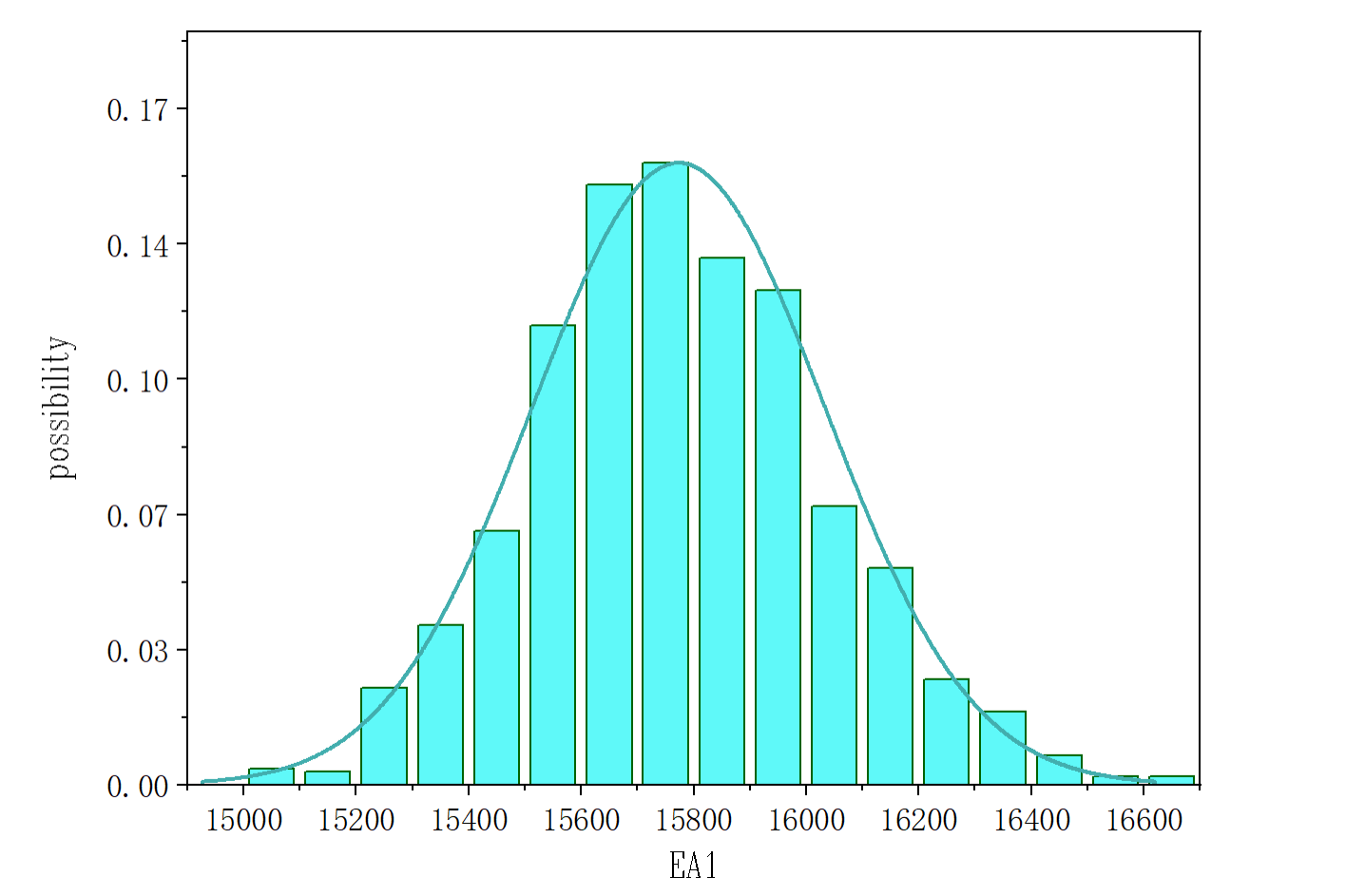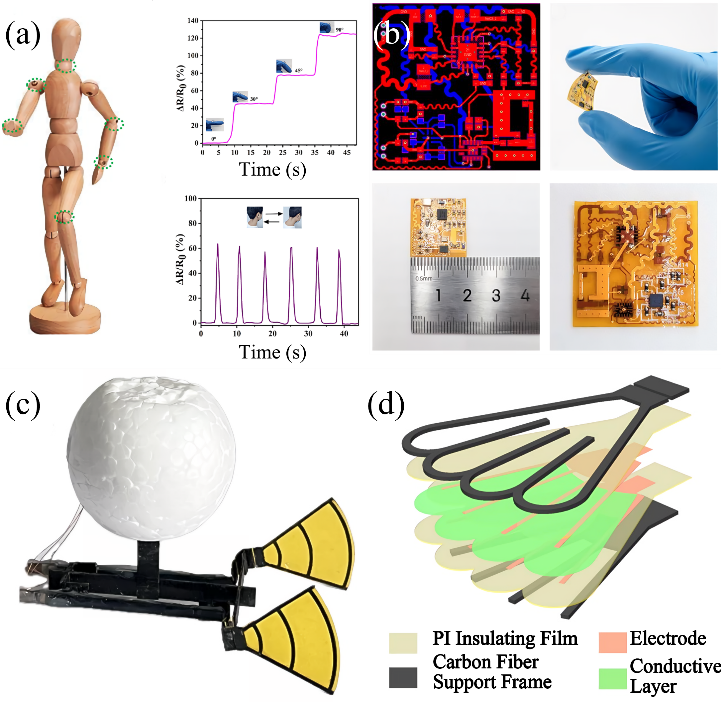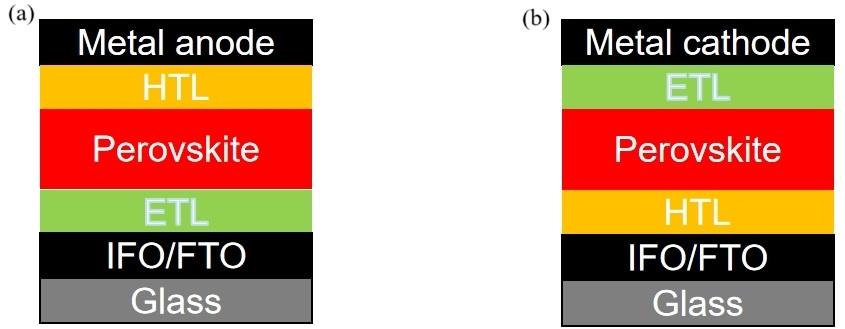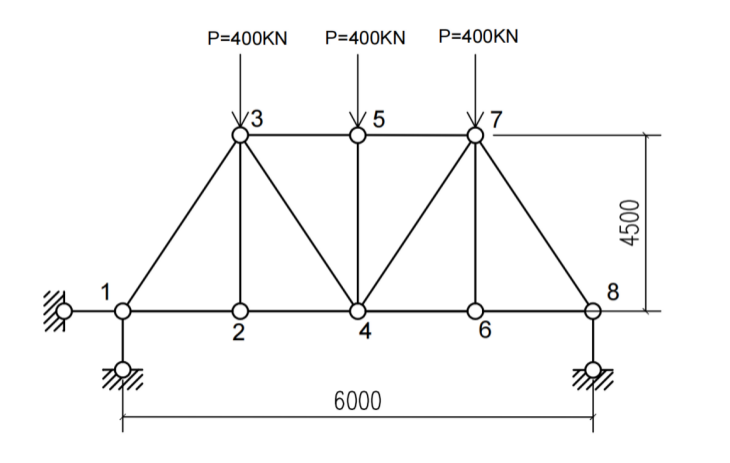

Volume 162
Published on May 2025Volume title: Proceedings of CONF-FMCE 2025 Symposium: Semantic Communication for Media Compression and Transmission

This study establishes a structural damage identification method based on Bayesian updating, targeting Pratt trusses under static loading, to investigate the influence mechanisms of vertical, shear, and horizontal loading conditions on parameter updating efficiency. By constructing likelihood functions from displacement responses and integrating prior distributions, the axial stiffness (EA) parameters of the truss are updated for structural damage identification. Results indicate that under vertical loading, the coefficient of variation (COV) of updated chord member parameters decreases significantly by 84% compared to the prior distribution (1.6% vs. 10%), forming an efficient chord damage identification mechanism; horizontal loading achieves a 56% COV reduction for web members (4.3% vs. 10%), demonstrating localized damage-specific identification capability; shear loading synchronously optimizes the COV values of all members, providing global rapid screening potential. A load-combination strategy is proposed—vertical loading for chord members, horizontal loading for precise web member localization, and shear loading for preliminary global screening—validated through 10,000 sampling iterations, enhancing system identifiability by 63%.

 View pdf
View pdf



With the development of human–machine interfaces toward universality and intelligence, flexible sensors, owing to their unique flexibility, high sensitivity, and biocompatibility, become a key technology driving innovation in human–machine interaction. This paper systematically reviews the classifications, operating principles, key materials, and fabrication processes of flexible sensors, and explores their application potential in fields such as medical monitoring and intelligent interaction. Various types of sensors efficiently convert external physical signals through different mechanisms, and the integration of conductive nanomaterials with advanced manufacturing technologies significantly enhances the performance and adaptability of these sensors. In the medical field, flexible sensors find successful applications in health monitoring, smart bandages, and sleep respiration tracking. In intelligent interaction, they optimize the human–machine experience through technologies such as gesture recognition and haptic feedback. However, challenges remain, including the trade-off between sensitivity and strain range, as well as signal crosstalk. Future research should focus on self-powering technologies, biodegradable materials, and interdisciplinary innovations to achieve scalable production of highly integrated and multifunctional flexible sensors, thereby expanding their application possibilities in human-machine interfaces.

 View pdf
View pdf



As an ideal renewable energy source, solar energy remains a major focus of technological development. Perovskite solar cells (PSCs) have emerged as a significant direction in solar energy utilization. Among them, regular-structured (n-i-p) perovskite solar cells exhibit advantages such as mature fabrication processes, high energy conversion efficiency, and ease of integration. However, their insufficient environmental stability—particularly rapid degradation under humidity—remains a critical challenge. To address these issues, the inverted (p-i-n) structure has been developed, offering simplified manufacturing and improved stability. Recently, tandem perovskite solar cells, which combine materials with different bandgaps to broaden light absorption and enhance efficiency, have gained significant research attention. This paper systematically reviews the structural evolution and technological advancements in perovskite solar cells, focusing on optimization strategies for tandem configurations to provide insights for future studies.

 View pdf
View pdf


This article provides a comprehensive review of the development of wearable devices in the field of healthcare. Key technologies such as sensor technology (e.g. electrochemistry, optics, etc.), micro-electro-mechanical systems (MEMS), flexible electronics, and material innovation are described in detail, power and energy management strategies, signal processing and data analysis methods are discussed. The clinical applications of wearable devices in diabetes management, cardiovascular disease monitoring and sleep monitoring are discussed, and their effectiveness and challenges are assessed. In addition, existing technical, clinical, and market challenges are analyzed, and future trends such as multimodal sensor fusion, intelligence, miniaturization, and integration with emerging technologies are predicted. Overall, this paper presents the current status of wearable devices in the field of healthcare in an all-round way, and provides ideas for subsequent research and development.

 View pdf
View pdf


With the vigorous development of the construction industry, the demand for high-performance concrete materials is growing rapidly. As a cutting-edge composite material, steel fiber-reinforced concrete (SFRC) has attracted much attention in the industry. This study anchored steel fiber reinforced concrete in an in-depth analysis of its performance characteristics and practical application in multiple fields. Based on the comprehensive use of the experimental research method, case analysis method, and data statistics and analysis method, through rigorous exploration, it is found that steel fiber reinforced concrete performs excellently in the dimensions of strength, crack resistance, and impact resistance, with tensile strength increased by 25%-50% and crack formation reduced by up to 75%. In the engineering fields of coal mine shaft lining, pavement repair, shaft cover, and so on, its application has achieved remarkable results: it extends pavement maintenance cycles by 30%-40%, effectively guarantees the engineering quality, and significantly improves the engineering efficiency. However, it cannot be ignored that this study has shortcomings in the expansion of research scope and the setting of experimental conditions. The research results lay a solid theoretical foundation for expanding the application boundary of steel fiber reinforced concrete, guide the direction for subsequent research, and have far-reaching significance in promoting the technological innovation of building materials.

 View pdf
View pdf



Steel truss structures are prone to reliability degradation due to fatigue, corrosion, and other factors during long-term service. Traditional assessment methods suffer from high parameter uncertainty and costly maintenance. To improve prediction accuracy, this study proposes a Bayesian updating-based framework for truss reliability prediction, integrating ABAQUS finite element modeling with field measurements to establish a dynamic parameter updating model. Using Zhangyan Bridge as a case study, Bayesian theory is applied to fuse prior distributions with displacement monitoring data, quantifying the posterior distribution changes in member stiffness parameters under different loading modes. Results indicate that under vertical loads, the posterior standard deviation of member stiffness decreases significantly, effectively reducing parameter uncertainty. Analyses of horizontal and oblique loads further reveal the influence of load direction on reliability sensitivity. The findings provide a low-cost, practical reliability assessment method for bridge maintenance and propose future research directions, including automated algorithms and nonlinear model optimization, demonstrating substantial engineering value.

 View pdf
View pdf




